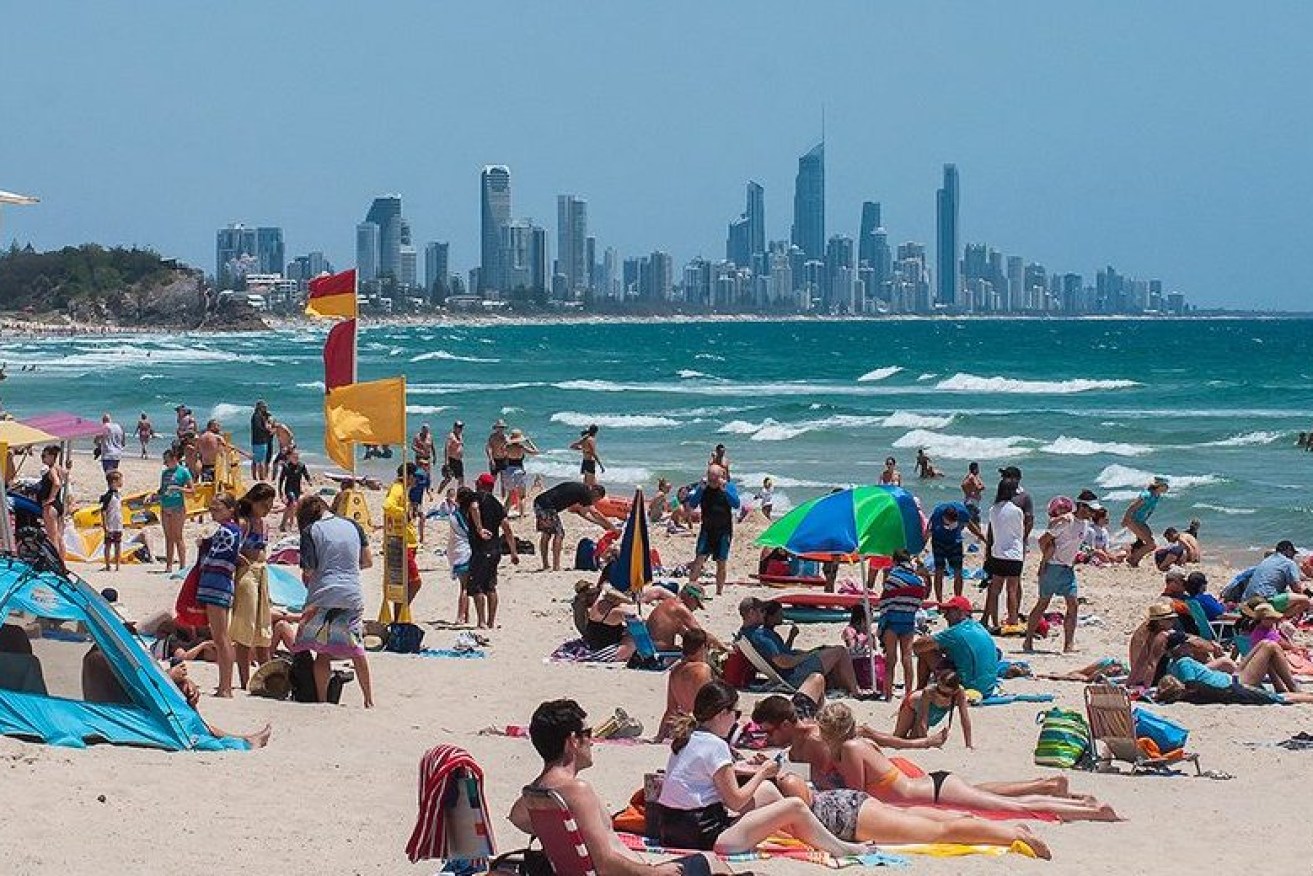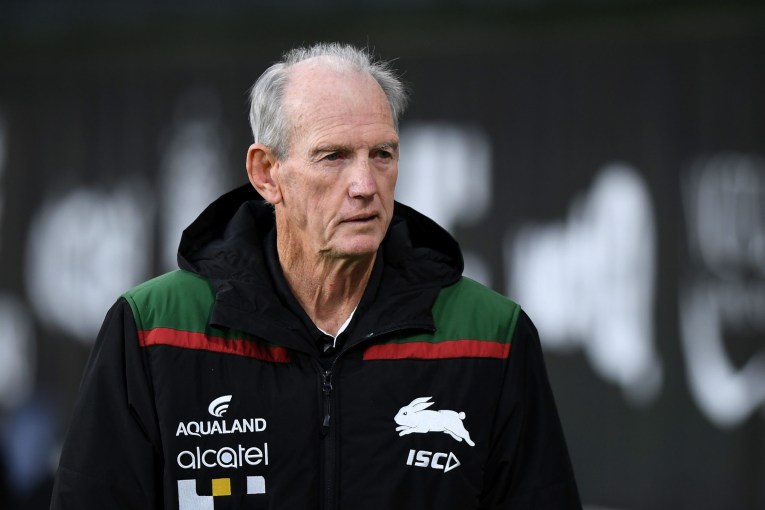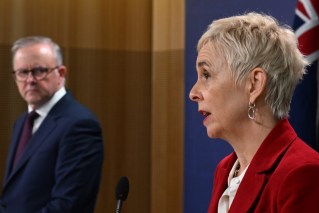Sea change or tree change, regional Qld still the magnet for Australia’s big shift
Dramatic shifts in Queensland’s population have been revealed in a new report which shows the move to the regions from capital cities sparked by Covid was still going.


Soaring temperatures in Queensland on Monday gave way to a cooler front on Tuesday. (File image)
But the migration patterns have changed slightly. There is now a bigger movement of people from region to region and several places in Queensland are benefitting. There was also some movement from the regions back to the capitals.
Of the top 10 places in Australia for region-to-region movement, eight were in Queensland, led by Bundaberg (+5.8 per cent), Fraser Coast (+5.8 per cent), Toowoomba (+5.6 per cent), Sunshine Coast (+4.5 per cent), Townsville (+4.2 per cent), Gympie (+3.4 per cent), Cairns +(2.8 per cent) and Gladstone (+2.8 per cent)/
“We are not seeing this petering out,” Regional Australia Institute economist Dr Kim Houghton said.
He said 13 regional local government areas recorded a jump in net internal migration of more than 100 per cent in 2022 with regional Queensland and Victoria taking the largest share of movers in the December quarter.
The drivers were jobs and housing affordability and RAI said there were about 80,000 job vacancies in regional Australia last month.
“Migration from regions to capitals is making up for lost ground during 2020 and 2021. These flows grew to their highest level in the series’ history to account for 10 per cent of internal migration in the December 2022 quarter,” RAI said.
“Overall net migration from capitals to regions in 2022 still averaged 45 per cent more than the average in the two years prior to the pandemic.”
Perth and Brisbane proved enticing for those moving from other capital cities and regions to record strong net migration inflows in 2022.
The Sunshine Coast and the Gold Coast were still the most popular destinations among all people who were moving, but the pattern of migration showed that people were moving from capitals to a regional centre and then moving again to another regional centre.
“For those already living in regional Australia and making a regional move in 2022, Queensland held the most appeal,” the RAI report said.
Gladstone, for example, was experiencing a wave of migration. Its growth in net migration in 2022 was almost 300 per cent.
Regional Australia Institute chief executive Liz Ritchie says the impact of capital city movers to the regions is now having a flow on effect to other regional places, many of which have historically seen limited population growth.
“The areas experiencing significant net migration increases would certainly be feeling the impact on house prices and rents, local services and infrastructure.
“For that reason, policy makers, industry and regional leaders need to heed these results, to ensure adequate planning and resourcing is put in place to accommodate demand both now and in coming decades,” Ritchie said.
“In the early days of Covid, the high growth places were generally high amenity locations such as the Surf Coast, Byron Bay and Noosa. But the latest dataset shows us that regional people are leaving these areas for other inland centres or coastal towns – with a growing number opting to go even further away from Sydney and Melbourne.
“The regional housing squeeze is just one example of what can happen when we haven’t prepared for growth. The low growth ‘business as usual’ trends before 2020 has led to underinvestment in some regional areas.”
The Regional Movers Index is a partnership between Commonwealth Bank and the Regional Australia Institute (RAI) which analyses the quarterly and annual trends in people moving to and from Australia’s regional areas.
Commonwealth Bank executive general manager for regional and agribusiness banking Paul Fowler said there was a slight drop of just 0.8 per cent in the number of people moving from cities to regional towns in the December quarter, well below the typical rate of around 8 per cent normally experienced over the holiday season period.
“This confirms that regional hubs are continuing to attract thousands of metro movers,” Fowler said.
“Many are attracted by the opportunities that our thriving regional economies present.
“While it’s been a difficult year for many businesses who have faced significant challenges, including labour shortages and inflationary pressures, industries such as healthcare, manufacturing and agriculture are growing strongly and regional businesses are investing more to sustain increasing demand for their products and services.
“Key centres, such as Geelong in Victoria, Newcastle and Wollongong in NSW, and Bundaberg and Townsville in Queensland offer a wonderful mixture of attractive lifestyle benefits and significant business opportunities.
The latest dataset also revealed that regional people are leaving these areas for other inland centres or coastal towns – with a growing number opting to move even further away from Sydney and Melbourne.












